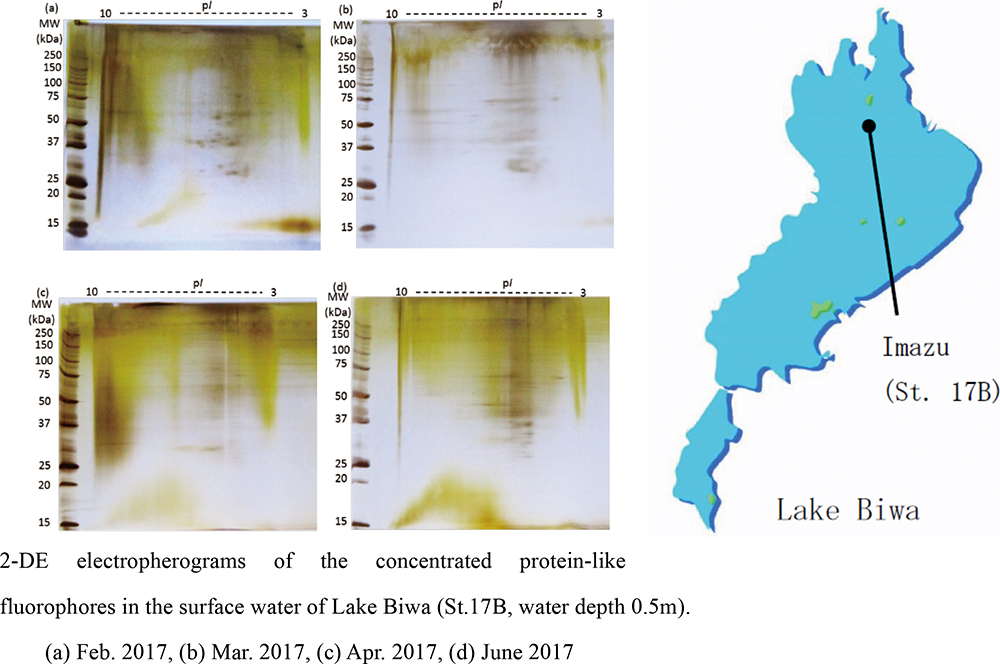Volume 36, Issue 6
Displaying 1-21 of 21 articles from this issue
- |<
- <
- 1
- >
- >|
-
2020Volume 36Issue 6 Pages 647-649
Published: June 10, 2020
Released on J-STAGE: June 10, 2020
Download PDF (592K)
Highlights
-
Article type: Highlights
2020Volume 36Issue 6 Pages 651-652
Published: June 10, 2020
Released on J-STAGE: June 10, 2020
Download PDF (108K)
Original Papers
-
Article type: Original Papers
2020Volume 36Issue 6 Pages 653-658
Published: June 10, 2020
Released on J-STAGE: June 10, 2020
Advance online publication: October 25, 2019Download PDF (1449K) -
Article type: Original Papers
2020Volume 36Issue 6 Pages 659-666
Published: June 10, 2020
Released on J-STAGE: June 10, 2020
Advance online publication: November 22, 2019Download PDF (2198K) -
Article type: Original Papers
2020Volume 36Issue 6 Pages 667-674
Published: June 10, 2020
Released on J-STAGE: June 10, 2020
Advance online publication: November 29, 2019Download PDF (1786K) -
Article type: Original Papers
2020Volume 36Issue 6 Pages 675-679
Published: June 10, 2020
Released on J-STAGE: June 10, 2020
Advance online publication: December 27, 2019Download PDF (395K) -
Article type: Original Papers
2020Volume 36Issue 6 Pages 681-686
Published: June 10, 2020
Released on J-STAGE: June 10, 2020
Advance online publication: December 13, 2019Download PDF (3287K) -
Article type: Original Papers
2020Volume 36Issue 6 Pages 687-695
Published: June 10, 2020
Released on J-STAGE: June 10, 2020
Advance online publication: December 20, 2019Download PDF (1074K) -
Article type: Original Papers
2020Volume 36Issue 6 Pages 697-702
Published: June 10, 2020
Released on J-STAGE: June 10, 2020
Advance online publication: December 20, 2019Download PDF (1465K) -
Article type: Original Papers
2020Volume 36Issue 6 Pages 703-708
Published: June 10, 2020
Released on J-STAGE: June 10, 2020
Advance online publication: December 20, 2019Download PDF (2028K) -
Article type: Original Papers
2020Volume 36Issue 6 Pages 709-715
Published: June 10, 2020
Released on J-STAGE: June 10, 2020
Advance online publication: December 20, 2019Download PDF (1009K) -
Article type: Original Papers
2020Volume 36Issue 6 Pages 717-722
Published: June 10, 2020
Released on J-STAGE: June 10, 2020
Advance online publication: December 27, 2019Download PDF (621K) -
Article type: Original Papers
2020Volume 36Issue 6 Pages 723-729
Published: June 10, 2020
Released on J-STAGE: June 10, 2020
Advance online publication: December 27, 2019Download PDF (875K) -
Article type: Original Papers
2020Volume 36Issue 6 Pages 731-737
Published: June 10, 2020
Released on J-STAGE: June 10, 2020
Advance online publication: December 27, 2019Download PDF (772K) -
Article type: Original Papers
2020Volume 36Issue 6 Pages 739-743
Published: June 10, 2020
Released on J-STAGE: June 10, 2020
Advance online publication: January 10, 2020Download PDF (211K) -
Article type: Original Papers
2020Volume 36Issue 6 Pages 745-751
Published: June 10, 2020
Released on J-STAGE: June 10, 2020
Advance online publication: January 17, 2020Download PDF (506K) -
Article type: Original Papers
2020Volume 36Issue 6 Pages 753-759
Published: June 10, 2020
Released on J-STAGE: June 10, 2020
Advance online publication: January 17, 2020Download PDF (754K) -
Article type: Original Papers
2020Volume 36Issue 6 Pages 761-768
Published: June 10, 2020
Released on J-STAGE: June 10, 2020
Advance online publication: January 31, 2020Download PDF (950K)
Notes
-
Article type: Notes
2020Volume 36Issue 6 Pages 769-773
Published: June 10, 2020
Released on J-STAGE: June 10, 2020
Advance online publication: January 10, 2020Download PDF (251K)
Announcements
-
Article type: Announcements
2020Volume 36Issue 6 Pages 775
Published: June 10, 2020
Released on J-STAGE: June 10, 2020
Download PDF (137K)
Errata
-
Article type: Errata
2020Volume 36Issue 6 Pages 779
Published: June 10, 2020
Released on J-STAGE: June 10, 2020
Download PDF (88K)
- |<
- <
- 1
- >
- >|


















